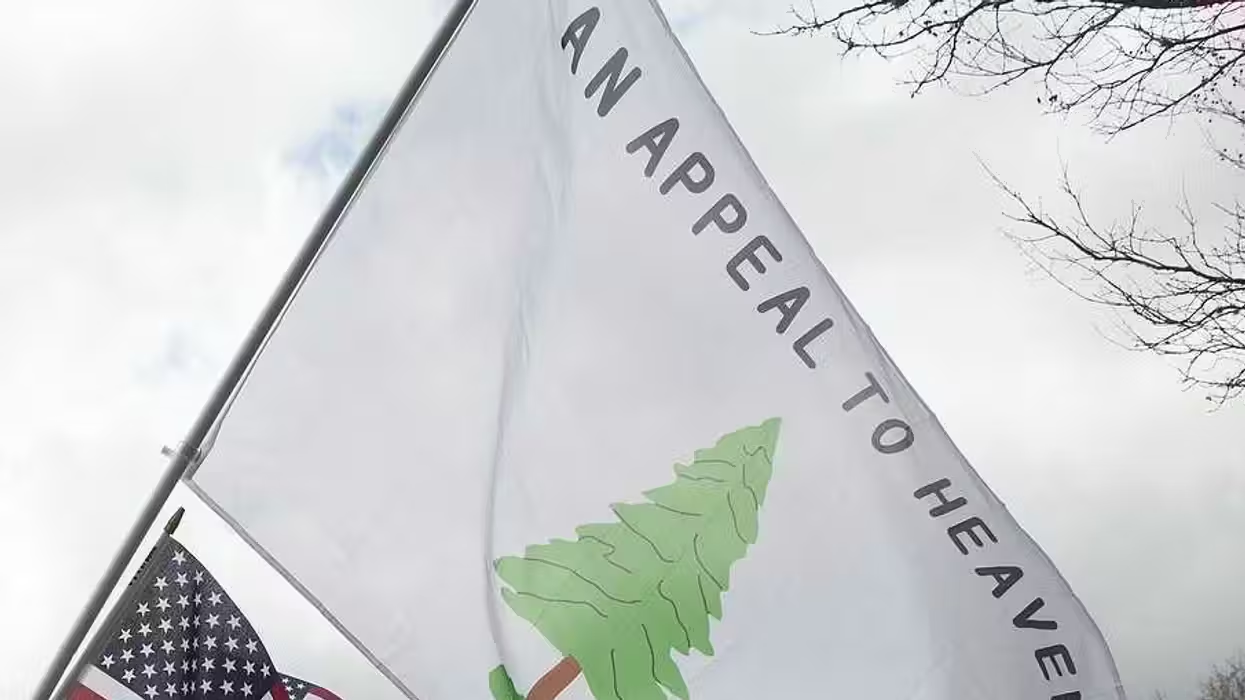
© 2025 Blaze Media LLC. All rights reserved.
Scientists are fascinated by this blind white crab, Kiwa hirsute, for several reasons. Not only was it first discovered near piping hot hydrothermal vents in the ocean, but it also had "shaggy" claws, giving it the nickname the "Yeti crab." A second species, K. puravida, with similar hair-like projections was found in a very different location near cold, methane-rich cracks in the ocean.
Scientists wanted to know was what these crabs were doing at such odd locations --and of course what the purpose of their hairy claws were. At first when they observed the crabs waving their claws back and forth, according to National Geographic, they thought it was a mechanism for keeping others away, but this may not actually the case. Researchers at Oregon State University in Corvallis think they found the real purpose and also solved the puzzle as to the crab's strange deep-sea hangouts:
"When I first saw it, 'baffled' would be a good word for how I felt," said study co-author Andrew Thurber, a biological oceanographer at Oregon State University in Corvallis.[...]
Researchers now suggest the claw-swaying helps wash nutrients over the bacteria, essentially fertilizing them.
It remains uncertain whether the yeti crab's hairy appendages might help detect currents in the water. If so, the appendages may help crabs identify the sources of the nutrients that sustain their microbe "farms."
Watch the Yeti crab wave its claws here:
National Geographic reports Thurber as saying this is the first instance of a deep-sea animal being observed "farming" its own food before.
Check out this footage of a Yeti crab feeding off the bacteria growing on its claws:
Want to leave a tip?
We answer to you. Help keep our content free of advertisers and big tech censorship by leaving a tip today.
Want to join the conversation?
Already a subscriber?
more stories
Sign up for the Blaze newsletter
By signing up, you agree to our Privacy Policy and Terms of Use, and agree to receive content that may sometimes include advertisements. You may opt out at any time.
Related Content
© 2025 Blaze Media LLC. All rights reserved.
Get the stories that matter most delivered directly to your inbox.
By signing up, you agree to our Privacy Policy and Terms of Use, and agree to receive content that may sometimes include advertisements. You may opt out at any time.







